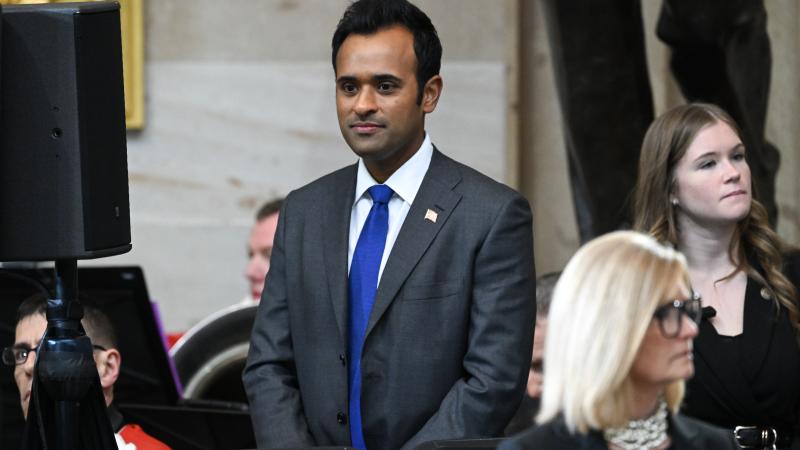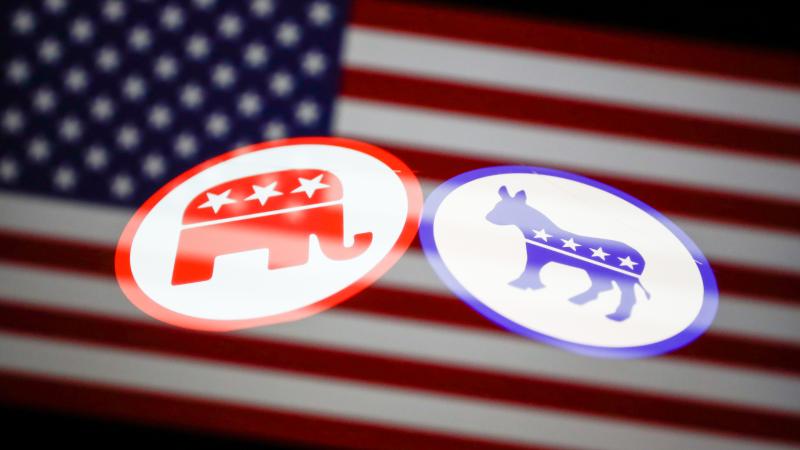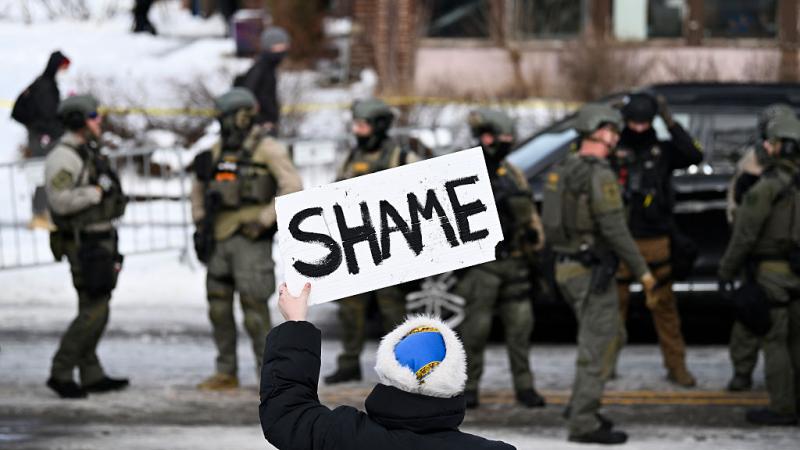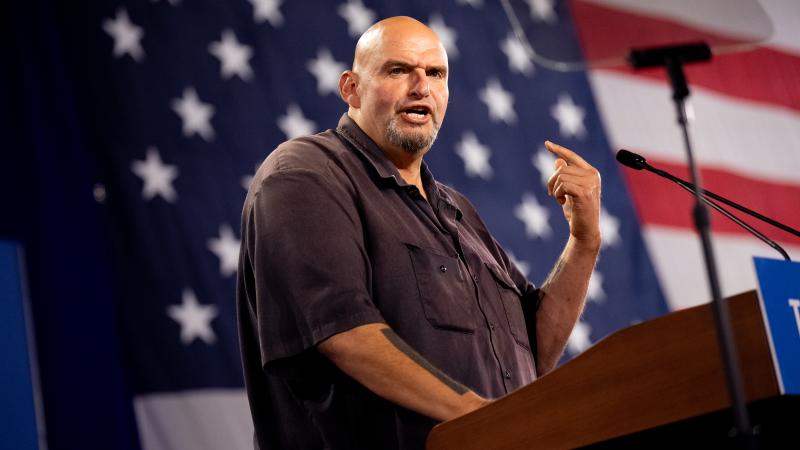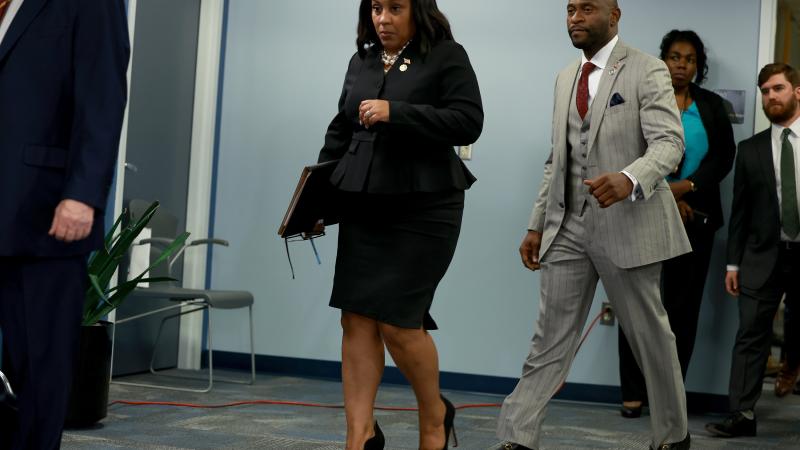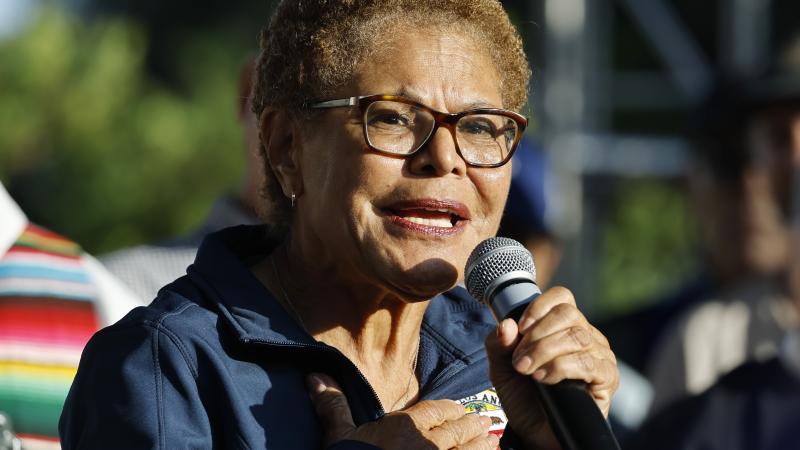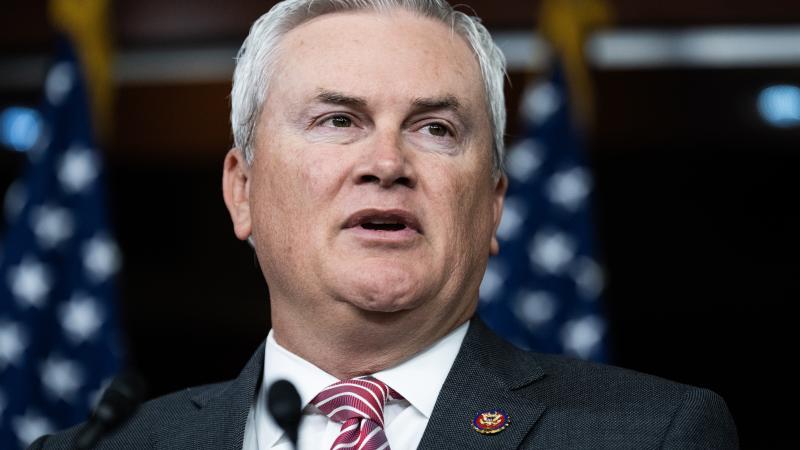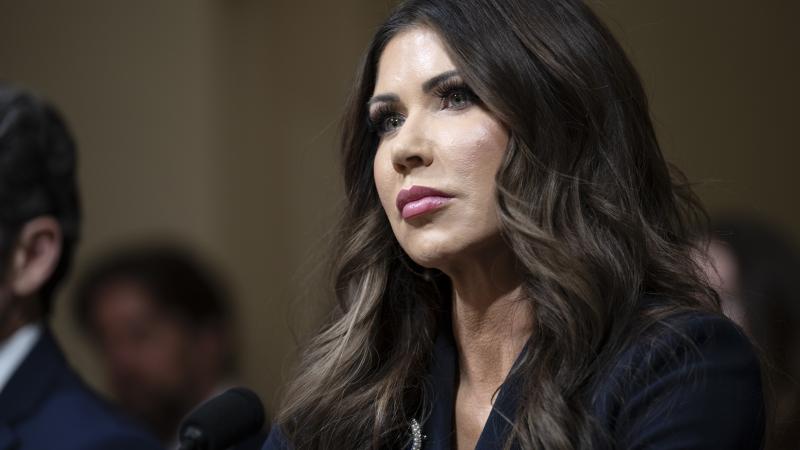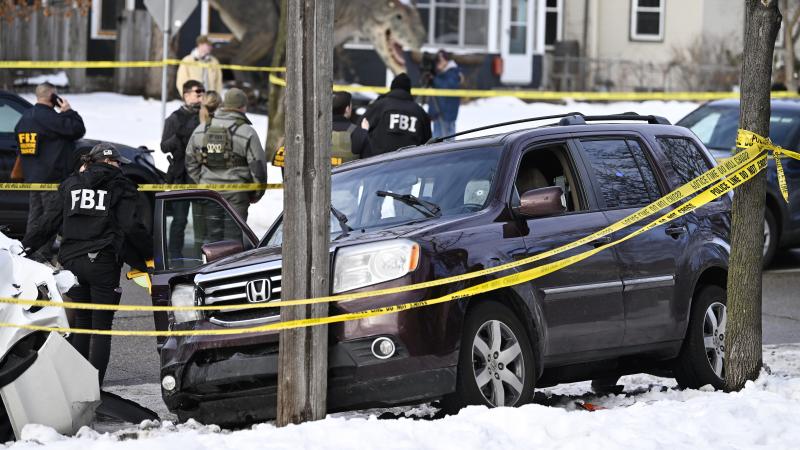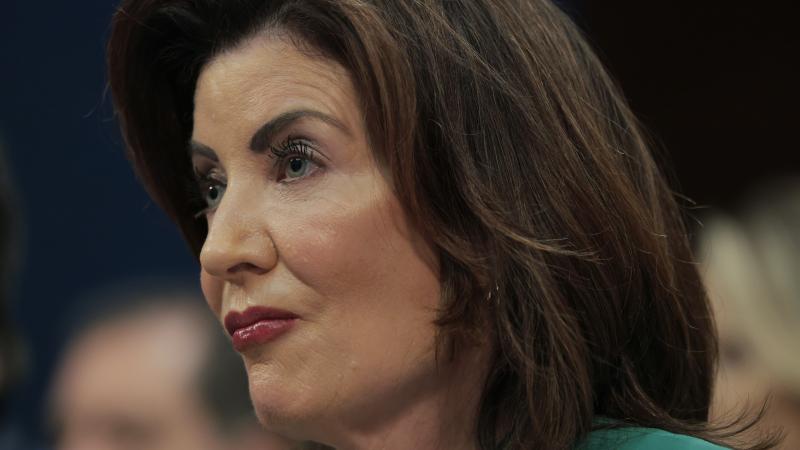In key swing states this year, mail-in ballot rejections plummeted from 2016 rates
Rates are below historical average and significantly less than most recent presidential election.
Mail-in ballot rejection rates in multiple battleground states have this year been significantly lower than both the historical average rejection rate as well as the rate seen in the most recent presidential election.
Mail-in ballots normally have a much higher rejection rate than in-person voting, largely due to the inevitable errors — forgotten signatures, misplaced addresses, improperly marked ballots — that arise when large numbers of people attempt to vote relatively unsupervised.
Historically, mail-in ballots are rejected at around the rate of 1%. For first-time absentee voters, the rate can go as high as 3%, the higher number reflecting the unfamiliarity first-time voters have with the mail-in process.
Many experts and commentators predicted potentially huge numbers of rejected ballots ahead of the 2020 election, citing the much-higher-than-average numbers of mail-in voters this year, including the countless first-time mail-in voters. Concerns arose in the weeks before the election that rejected ballots could play a decisive role in the outcome of the election, particularly as they were projected to be slanted heavily in favor of Democratic challenger Joe Biden.
In battleground states, rejection rates tumbled from 2016
Yet ballot rejections have thus far been lower across the United States this year than expected, with battleground states posting strikingly lower numbers relative to both the historical average and more recent elections.
In Georgia, for instance — a state in which Democrat Joe Biden has eked out a surprise lead of fewer than 20,000 votes over Donald Trump — the rejection rate in 2016 was a whopping 6.4%, according to U.S. data.
This year, the rate of rejection in that state stands at 0.2%, more than thirty times lower than the last election, according to the U.S. Elections Project, an election data site run by University of Florida political science professor Michael McDonald that draws its figures from state reports.
Similar trends have been observed in Pennsylvania, whose rate was 0.03% this year compared to around 1% in 2016. In Nevada, the rejection rate more than halved from 1.60% in 2016 to around 0.75% this year. North Carolina's rate fell from about 2.7% in 2016 to 0.8% this year.
Laws, rule changes may have played a role in lower rates
In Michigan, meanwhile, the most recently reported rejection rate — posted just before the election —was around 0.1%; the rate in 2016 was 0.5%.
That number may increase. A Michigan state official told Just the News that that election officials are still compiling statewide data on the election. Yet Tracy Wimmer, a spokeswoman for the Michigan Secretary of State's office, told Just the News that the state was expecting a reduction in rejected ballots after "the Michigan Legislature passed a law requiring clerks to notify voters if there was a signature issue (either missing or mismatched) with their absentee ballot and ensure they understood how to cure it."
"The curing window was available until 8 p.m. on Election Day," she added, "and since missing or mismatched signatures usually account for one of the largest percentages of rejections, we expect those will go down this year."
Signature fixes would likely only explain a portion of the sharp drop in rejections. Wimmer shared with Just the News a breakdown of rejections from 2016. Of the roughly 6,600 ballots rejected that year, about a quarter of them were due to missing or mismatched signatures. Assuming those numbers held steady for this election, the legislature's rule change would only account for one-quarter of the roughly 71% reduction in rejected ballots this year.
Daniel Smith, a political science professor at the University of Florida, suggested that the decreased rejection rate should be looked at in light of the wide range of new ballot policies put in place this year as well as efforts by community organizers to assist voters with ballots.
"Every indication in the several states I've analyzed is that the initial rate of rejected mail ballots was not lower in the 2020 General Election, but that the cure rate was much higher," he said.
"This was the result of litigation — which resulted in voters in several states to have more opportunities and time to correct mistakes with their return envelopes or security sleeves — but also the work on the ground by the parties and voting rights organizations to directly notify voters who had problems with their ballots that they had an opportunity to cure them," he said.
The Supreme Court in late October, meanwhile, ruled that both Pennsylvania and North Carolina could continue counting ballots received after Election Day, allowing North Carolina nine extra days and Pennsylvania three. Late-delivered ballots are another frequent source of rejection; in Michigan's breakdown of rejected ballots, the largest share of rejections were due to late receipt.
The Facts Inside Our Reporter's Notebook
Links
- Just the News: Mail-in ballots may play pivotal role in 2020 election
- MIT: What are the odds your vote won't count?
- FiveThirtyEight: Why rejected ballots could be a big problem in 2020
- The Election Assistance Commission's 2016 overview
- Georgia's return and rejection rates
- Just the News: Pennsylvania's ballot rejection rate rate was just 0.03% this year
- Nevada ballot return and rejection rates
- North Carolina's return and rejection rates
- Michigan's return and rejection rates

